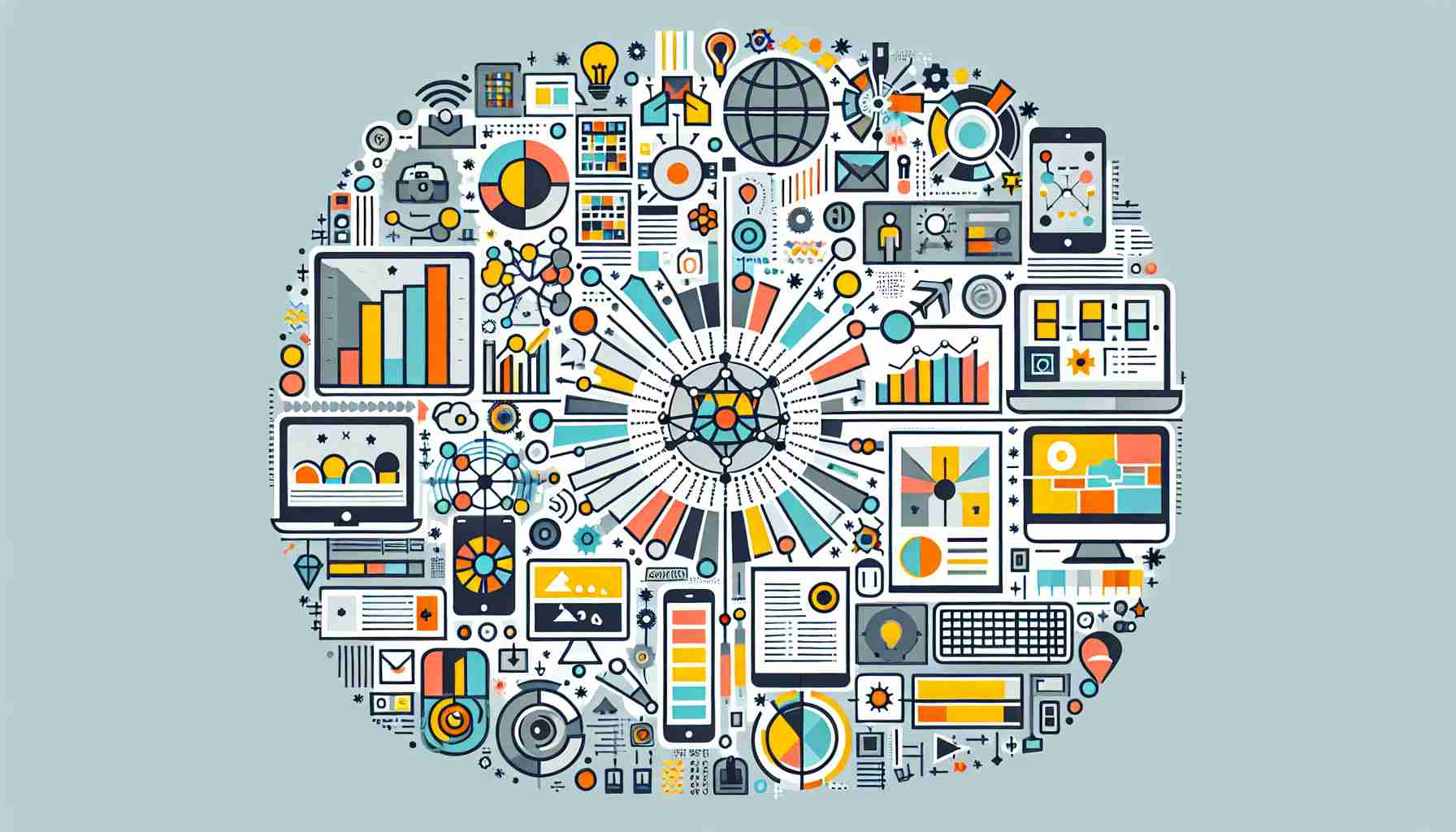Understanding Data Sources in Data Analysis

Data Source Briefly Summarized
- A data source is the starting point for data collection, representing the origin or repository where data is stored.
- It can be digital or physical, ranging from databases, spreadsheets, and APIs to physical documents and observations.
- The choice of data source significantly impacts the quality, accessibility, and analysis of the data.
- Data sources are integral to data analysis, providing the raw material that analysts and systems use to generate insights.
- Understanding and managing data sources is crucial for effective data governance and compliance with data regulations.
Data analysis is a critical process in today's data-driven world, where organizations rely on insights derived from data to make informed decisions. At the heart of this process is the concept of a data source. In this article, we will delve into what a data source is, its importance in data analysis, the different types of data sources, and how they are used in practice.
Introduction to Data Sources
A data source is the origin from which data is obtained. It serves as the foundation for any data analysis project, as it provides the raw data that analysts and systems work with. Data sources can be as diverse as the data itself, encompassing a wide range of formats and storage methods.
The quality and structure of the data source directly influence the accuracy and efficiency of the subsequent analysis. Therefore, understanding the nature of data sources is essential for anyone involved in data analysis, from data scientists to business analysts.
Types of Data Sources
Data sources can be broadly categorized into two types: primary and secondary. Primary data sources are those from which data is collected directly by the researcher or analyst for a specific purpose. Examples include surveys, experiments, and direct observations. Secondary data sources, on the other hand, involve the use of data that was collected for another purpose but is being repurposed for the current analysis. This category includes government publications, historical records, and data purchased from third-party providers.
Within these broad categories, data sources can take many forms:
- Databases: Structured collections of data, often managed by a database management system (DBMS).
- Spreadsheets: Files containing data in a tabular format, commonly used for smaller datasets.
- APIs (Application Programming Interfaces): Interfaces that allow for the retrieval of data from online services or applications.
- Physical Documents: Paper-based sources of data, such as books, journals, or reports.
- Observations: Data collected through monitoring or watching a subject or phenomenon.
- Data Warehouses: Centralized repositories that store integrated data from multiple sources.
- Cloud Storage: Online services that store data on remote servers, accessible from anywhere.
Importance of Data Sources in Data Analysis
Data sources are the lifeblood of data analysis. They provide the essential information needed to derive insights and support decision-making. The selection of an appropriate data source is a critical step in the data analysis process, as it affects the scope, depth, and reliability of the analysis.
A well-chosen data source can lead to high-quality data that is relevant, complete, and timely. Conversely, a poor choice can result in data that is inaccurate, incomplete, or outdated, which can lead to incorrect conclusions and potentially costly mistakes.
Managing Data Sources
Effective data management involves several key considerations:
- Data Quality: Ensuring the accuracy, completeness, and consistency of the data.
- Data Accessibility: Making data easily retrievable and usable for those who need it.
- Data Security: Protecting data from unauthorized access and ensuring compliance with data protection regulations.
- Data Integration: Combining data from different sources to provide a comprehensive view.
- Data Governance: Establishing policies and procedures for managing data throughout its lifecycle.
Examples of Data Sources in Practice
- Retail: A retail company may use transactional databases as a data source to analyze customer purchasing patterns.
- Healthcare: Electronic health records (EHRs) serve as a data source for medical research and patient care analysis.
- Finance: Financial institutions rely on data sources like market feeds and transaction logs to assess risk and make investment decisions.
- Government: Census data is a key data source for public policy development and resource allocation.
Conclusion

Data sources are a fundamental aspect of data analysis, providing the raw material for insights and decision-making. Understanding the different types of data sources, their management, and their application in various industries is crucial for anyone working with data. As the volume and complexity of data continue to grow, the role of data sources in enabling effective analysis will only become more significant.
FAQs on Data Sources
Q: What is a data source in data analysis? A: A data source is the origin or repository from which data is collected or stored, serving as the starting point for data analysis.
Q: Why is the choice of data source important? A: The choice of data source is important because it affects the quality, relevance, and completeness of the data, which in turn influences the accuracy of the analysis and the insights derived from it.
Q: Can a data source be both digital and physical? A: Yes, data sources can be digital, such as databases and APIs, or physical, like documents and observations.
Q: How do data sources impact data security? A: Data sources must be managed with security in mind to protect sensitive information and comply with data protection laws. The way data is stored and accessed in a data source can significantly impact its security.
Q: What are some common challenges associated with managing data sources? A: Common challenges include ensuring data quality, integrating disparate data sources, maintaining data security, and adhering to data governance policies.
Sources
- DataSource Inc. - Smarter Solutions to Drive Your Business
- What is a Data Source: Definitions, Types, Examples - Alpha Serve
- Data Sources - Configuration Language | Terraform
- What Is A Data Source? - Alteryx
- Data Source: What it is with examples - QuestionPro
- 5 Understanding Data Sources
- Datasource - Wikipedia
- Data source definitions - IBM
- What Is a Data Source? - Coursera